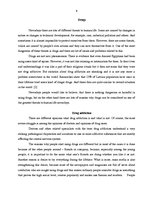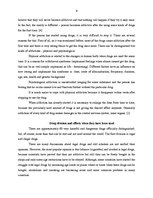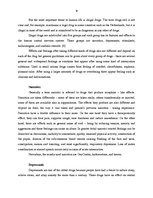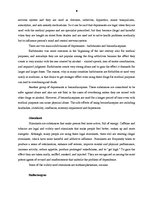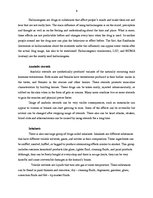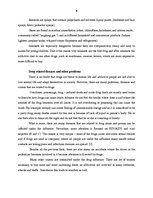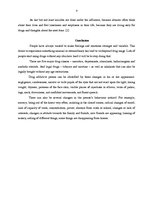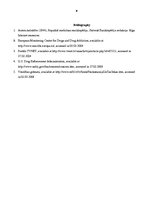Conclusion
People have always wanted to make feelings and emotions stronger and variable. This desire to experience something unusual or extraordinary has lead to widespread drug usage. Lots of people start using drugs without any idea how hard it will be to stop doing that.
There are five major drug classes – narcotics, depressants, stimulants, hallucinogens and anabolic steroids. And legal drugs – tobacco and nicotine – as well as inhalants that can also be legally bought without any age restrictions.
Drug addictive person can be identified by these changes in his or her appearance: negligence, carelessness; narrow or wide pupils of the eyes that are not react upon the light; losing weight; dryness, paleness of the face skin; visible places of injections in elbows, veins of palms, legs, neck; drowsiness, not confident movements, not fluent speech.
There can also be several changes in the person’s behaviour noticed. For example, secrecy, being out of the home very often; isolating in the closed rooms; radical changes of mood; lack of capacity of work, concentration, power; absence from work or school; changes or lack of interests; changes in attitude towards the family and friends, new friends are appearing; loaning of money, selling of different things, some things are disappearing from homes.
…
Nowadays there are lots of different threats to human life. Some are caused by changes in nature or changes in technical development, for example, cars, industrial pollution and others. And sometimes it is almost impossible to protect ourselves from them. However, there are some threats, which are caused by people's own actions and they can save themselves from it. One of the most dangerous of these threats is drugs and there are lot of issues and problems related to this. Drugs are not new phenomenon. There is evidence that even Ancient Egyptians had been using some kind of opium. However, it was not like relaxing or intoxication for them. In their lives and understandings it was like a part of their religious rituals but it does not mean that they were not drug addictive. But statistics about drug addiction are shocking and it is not any more a problem somewhere in the world. Researches show that 13% of Latvian population have once in their lifetime tried some kind of illegal drugs. And these data are quite similar to overall situation in the world. [2] Nowadays people would like to believe, that there is nothing dangerous or harmful in using drugs, but on the other hand there are lots of reasons why drugs can be considered as one of the greatest threats to human life nowadays.

